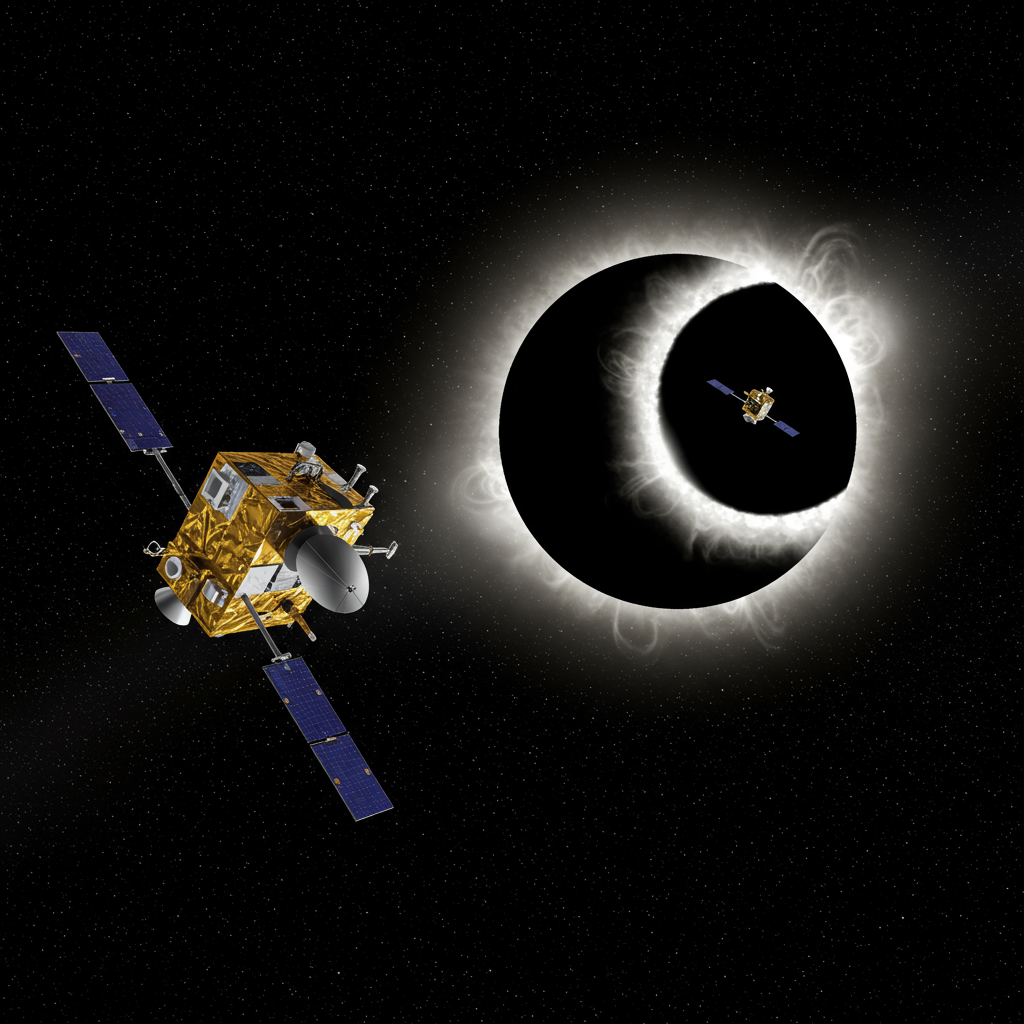Get ready to witness history! The revolutionary Vera C. Rubin Observatory, home to the world’s largest digital camera, is set to unveil its first breathtaking images of the cosmos. This highly anticipated “first light” event promises unprecedented views of the southern sky and offers a glimpse into the future of astronomy.
You can be among the first to see these groundbreaking photos and videos. The official unveiling is scheduled for Monday, June 23, starting at 11 a.m. Eastern Time. Here’s what the Rubin Observatory is, why its first images are so significant, and how you can tune in live.
What is the Vera C. Rubin Observatory?
Perched high atop Cerro Pachón in the Chilean Andes, the Vera C. Rubin Observatory is a state-of-the-art facility designed to survey the universe on an epic scale. Development has spanned nearly 25 years, culminating in an observatory funded by the U.S. National Science Foundation and the Department of Energy, built for the benefit of scientists and space enthusiasts worldwide.
At its heart lies the 8.4-meter Simonyi Survey Telescope and the incredible Legacy Survey of Space and Time (LSST) Camera. This isn’t just any camera; it’s the largest digital camera ever built for astronomy. Weighing in at 3.2 gigapixels and roughly the size of a small car, it boasts optical lenses up to 1.5 meters across and a focal plane with 201 custom-made sensors, engineered to be incredibly flat (varying by less than a tenth of a human hair’s width). Its resolving power is astonishing – capable of spotting a golf ball from 15 miles (25 kilometers) away!
The LSST: Mapping the Dynamic Universe
The Rubin Observatory’s primary mission is the Legacy Survey of Space and Time (LSST), a monumental 10-year project to create the deepest and widest-ever time-lapse survey of the southern night sky. Unlike previous surveys, Rubin is designed to go “wide, fast, and deep” all at the same time – something truly revolutionary.
The camera captures images covering an area of the sky about the size of 45 full moons in a single 30-second exposure. It can then reposition and take another image in just seconds. This rapid-fire capability allows the observatory to photograph the entire southern sky roughly every three to four nights. Over a decade, this repeated imaging will build an unparalleled dataset of cosmic change, creating what the observatory calls “the largest astronomical movie of all time.”
This ambitious survey is projected to generate an immense volume of data – up to 20 terabytes every night, totaling 60 petabytes over the mission. This vast archive will fuel astronomical research for decades.
Unlocking the Universe’s Secrets
The data from Rubin’s LSST is expected to provide groundbreaking insights into some of the biggest mysteries in cosmology and astrophysics:
Dark Matter and Dark Energy: These elusive components make up over 95% of the universe but cannot be directly seen. Rubin will map out where dark matter is located by observing how its gravity bends light from distant objects. Studying supernovas, meanwhile, will help scientists better understand dark energy, the mysterious force driving the universe’s accelerating expansion. This research directly carries on the legacy of the observatory’s namesake, American astronomer Vera C. Rubin, whose pioneering work provided pivotal evidence for dark matter in the 1970s.
Our Solar System: Rubin will dramatically expand our catalog of objects closer to home. Estimates suggest it could triple the number of known Near-Earth Objects (NEOs) from around 38,000 to 127,000, detect ten times more Trans-Neptunian Objects, and provide detailed data on over 5 million main-belt asteroids. This influx of data will be crucial for understanding solar system formation and improving our ability to detect potentially threatening asteroids.
- The Milky Way and Beyond: The survey will map the structure of our own galaxy by identifying streams of stars, remnants of ancient galactic collisions. It will also capture billions of distant galaxies and millions of transient events like exploding supernovas, tracking dynamic changes across the cosmos in real-time.
- Official Live Stream: The event will be streamed live online. You can typically find the stream on the National Science Foundation’s YouTube Channel, the Rubin Observatory’s YouTube Channel, and potentially embedded on the observatory’s official website (rubinobservatory.org). The stream is expected to be available in both English and Spanish.
- Public Watch Parties: Facilities like planetariums, universities, and museums around the world are hosting public watch parties. These events often include the live stream projected on a large screen (sometimes even full-dome in planetariums!), presentations from local scientists, and even virtual 3D tours of the observatory. Check the Rubin Observatory’s website for a map of registered watch parties near you.
- Host Your Own: The Rubin Observatory also provides resources for anyone who wants to host their own viewing event!
- www.astronomy.com
- www.iflscience.com
- www.livescience.com
- www.scientificamerican.com
- gizmodo.com
Scientists anticipate that the sheer scale and depth of the LSST data will inevitably lead to unexpected discoveries – the kind that change textbooks. As cosmologist Renée Hložek puts it, “You don’t know what’s going to happen until you open the box.”
How to Watch the First Images Unveiling Live
Mark your calendars for Monday, June 23rd, at 11:00 a.m. ET. The Vera C. Rubin Observatory team will host a press conference and unveiling event featuring the first images and videos captured by this remarkable instrument.
There are several ways you can experience this historic moment:
Don’t miss this chance to see the universe through the eyes of the most powerful sky-mapping machine ever built. It’s an exciting step forward for astronomy and a testament to humanity’s quest to understand our place in the cosmos.




